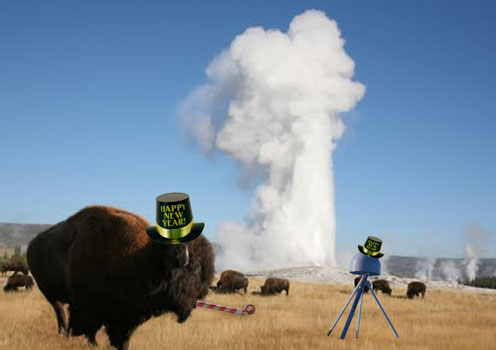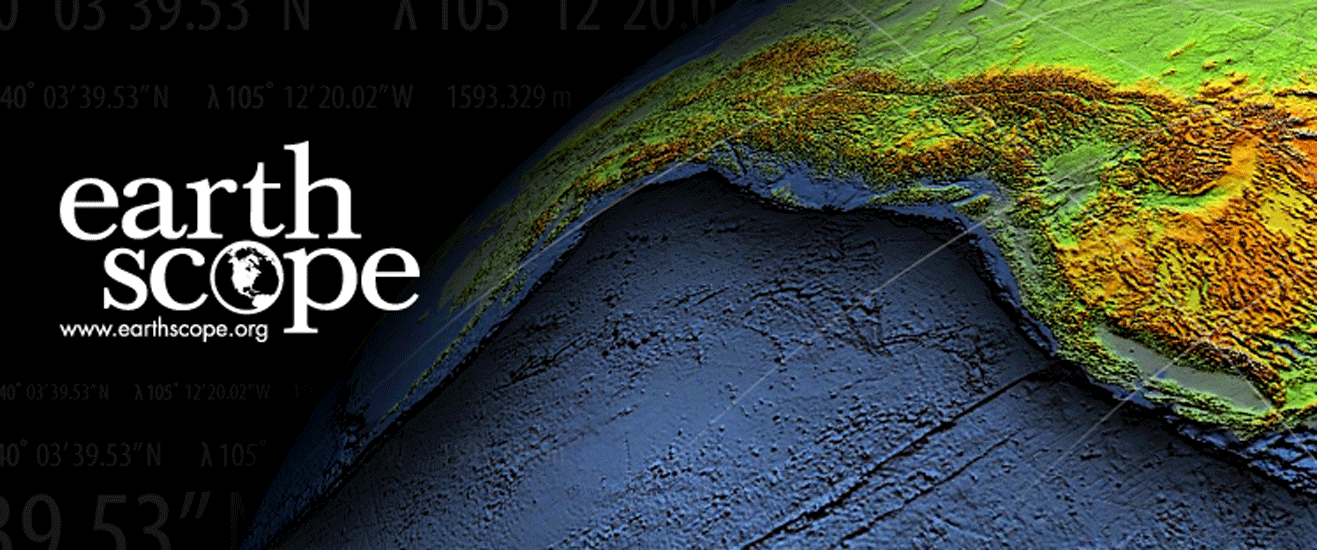By Glen Mattioli and David Mencin - Winter 2014
Data from the Yellowstone Gladwin Tensor strainmeter (GTSM) network are improving the understanding of the structure of the Yellowstone Caldera. In 2009, network operators at UNAVCO noticed a signal in the Yellowstone strainmeter network that was ultimately identified as a lake-seiche in Yellowstone Lake. Strain observations from these seiches coupled with model output provide evidence for the presence of partially molten material in the upper crust. This is consistent with seismic tomography studies that inferred 10%– 30% melt fraction in the upper crust, providing independent evidence for the melt.
UNAVCO brought the Yellowstone Caldera network of the Plate Boundary Observatory (PBO) back up to five sites in September- October of this year with the installation of site B950, a GTSM near Norris Geyser Basin in Yellowstone National Park. This was the culmination of an effort that began three years earlier when lightning struck site B205, causing the downhole instrumentation irreparable damage. Drilling the new site was not without some hot spot antics; the drilling crew abandoned a first hole, B949, at a depth of 500 feet when temperature logs revealed groundwater at 86 C, well above the maximum temperature limit for the GTSM instrument. A second hole, B950, was drilled within 15 feet of B949, to a depth of 370 feet. The normal suite of PBO borehole geophysics instrumentation was installed at a temperature of 59 C. In addition a steel temperature pipe was installed in the B949 borehole to allow for future temperature measurements to depth of up to 497 feet.
PBO GPS sites and boreholes, which contain strainmeters, seismometers and tiltmeters, represent the complete geodetic assets used in the Yellowstone Volcano Observatory. The UNAVCO drilling in Yellowstone (7 boreholes in 2007-2008 plus 2 in 2013) represent the only scientific drilling to these depths in the Park since 1967-1968 when the USGS drilled 13 boreholes to depths ranging from 215 to 1088 feet. Detailed notes, temperature and geophysical logs, water, and cutting samples were collected during drilling, adding valuable physical data products alongside data from the instrumentation. More information about PBO Borehole Strainmeter Data Products can be found at:http://pbo.unavco.org/data/bsm.






